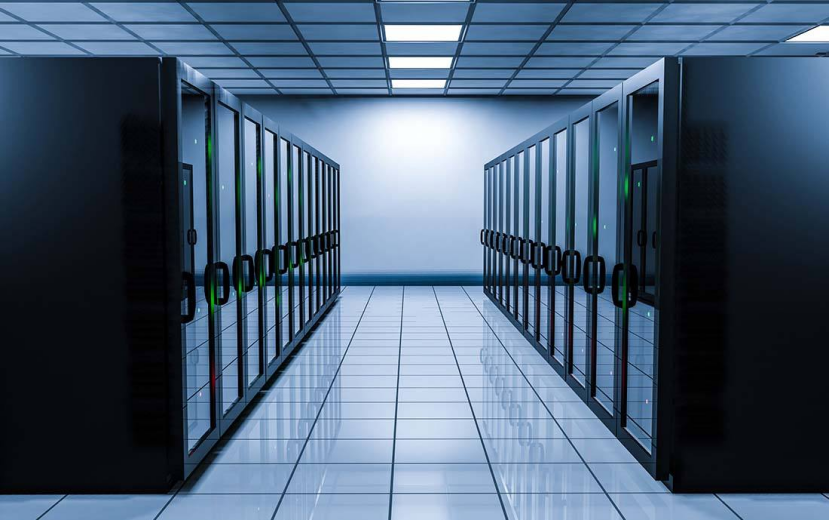Can a building air-conditioning system cool IT equipment like a precision air-conditioning system?
In some IT spaces, such as servers or technical rooms located in administrative buildings, facility managers often rely on the building’s comfort cooling system to maintain the environment in the IT space. Granted, commercial air conditioning solutions can play a role in controlling temperature, humidity and air quality in these rooms. But these systems fall short in a number of ways, starting with comfort cooling of personnel spaces and precise cooling of IT spaces being designed for different purposes.
 |
Specifically, these professional cooling solutions are designed to do the following:
- Handle the unique concentrated heat load created by IT equipment. Today’s complex IT equipment generates a lot of heat. When you consider the continued increase in industry average rack densities and the growth of smaller edge sites, it’s clear that commercial building air conditioning systems cannot accommodate elevated central heat loads. Additionally, many spaces used for IT today were not originally designed to house critical equipment, creating less than ideal environmental conditions that can create additional cooling challenges that make comfort cooling solutions less efficient . On the other hand, data center-grade cooling solutions are designed to control heat in these spaces. These thermal management systems are designed to capture heat in small, dense spaces and remove it in one of several ways, depending on the type of system chosen.
- Operates 24 hours a day, 365 days a year, regardless of the outside temperature. Office buildings don’t need air conditioning when it’s cold outside. But the IT space remains the same. Just as grocery stores need specialized equipment to keep frozen peas frozen even when the outside temperature drops below zero, data centers and other IT spaces need a way to dissipate heat regardless of the outside temperature. But most comfort cooling systems are only designed to operate when the outside temperature is above 55 degrees Fahrenheit. Additionally, some commercial AC systems shut down after hours or on weekends, leaving always-on computer equipment unprotected, regardless of the outside temperature. Data center-grade cooling systems overcome these issues and are specifically designed to run all the time – even when the outside temperature plummets to 30 degrees Fahrenheit or 2 a.m. Sunday. This ensures that your device is always properly cooled.
- Use most of the power to control room temperature. With a typical building cooling system, cooling capacity is distributed to cool rooms and remove moisture (humidity) from the air to keep people comfortable during warmer times of the year. 40% of the total capacity of this system can be used to handle moisture. In this case, the sensible heat ratio is 0.60, which means that only 60% of the cooling capacity is earmarked for changing the temperature of the air. In the IT world, this amounts to a lot of waste. IT equipment tends to generate dry, intense heat, so it hardly needs as much capacity to achieve humidity. In fact, if a 100-kilowatt (kW) comfort cooling system is purchased to cool a 100-kW IT load, the solution may fail because the system’s IT cooling capacity is only around 60 kW.
Most precision cooling systems today are designed for a sensible heat ratio of at least 0.90. This is 90% of the cooling capacity dedicated to cooling IT equipment and the remaining 10% of the cooling capacity dedicated to removing moisture that could seep into the room from the outside. Many Vertiv™ thermal management systems offer a sensible heat ratio of 0.95.